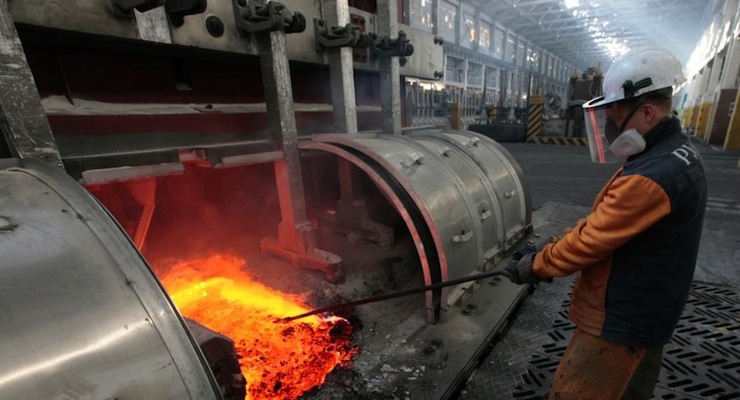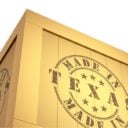

A worker in the mid-Atlantic manufacturing sector works with raw aluminum materials. (PHOTO: REUTERS)
The Manufacturing Business Outlook Survey, the Philadelphia Federal Reserve’s gauge of activity in the Mid-Atlantic region, rose to 2.0 in August, up from a -2.9 the month prior. The reading of the gauged matched the median economic forecast on Wall Street, but the share of firms reporting an increase in activity (35%) barely exceeded the share reporting a decrease (33%).
A reading above zero suggests expansion, while those below indicate contraction. The data also appear contradictory to a certain extent, as order indicate a further slowdown in future months but expectations are rosier. The current new orders index declined significantly from 11.8 in July to -7.2 in August, while the percentage of firms reporting an increase in new orders (27%) was less than 1 point lower than last month.
| Percent Change* | |
| 1. For your firm: | |
| Prices your firm will receive (for its own goods and services sold). | 1.0 |
| Compensation your firm will pay per employee (for wages and benefits). | 3.0 |
| 2. For your employees: | |
| Prices your employees will pay (for goods and services where they live). | 2.0 |
| 3. For U.S. consumers: | |
| Prices U.S. consumers will pay (for goods and services). | 2.0 |
| For the next 10 years (2016 through 2025), what is your expected annual average percent change with respect to the following: |
|
| 4. For U.S. consumers: | |
| Prices U.S. consumers will pay (for goods and services). | 2.5 |
| * Numbers represent median forecasts. | |
However, “the percentage of firms reporting a decrease (34%) was 18 points higher than last month,” the report said. The index of future manufacturing activity rose 12 points to 45.8 in August, indicating manufacturing firms believe that the current weakness is temporary.

Source: Philadelphia Federal Reserve — August 2016 Manufacturing Business Outlook Survey






